On Saturday, December 10, Matthias Stender, Scott Peavy, Michael Vincent, and I climbed Horse Peak, the summit of Moreno Mountain. Horse Peak lies just north of the USA/Mexico Border in the Chukut Kuk District of the Tonoho O’odham Nation. Horse Peak has 4343 feet of elevation and 1407 feet of topographic prominence, making it the 178th most prominent peak in Arizona.
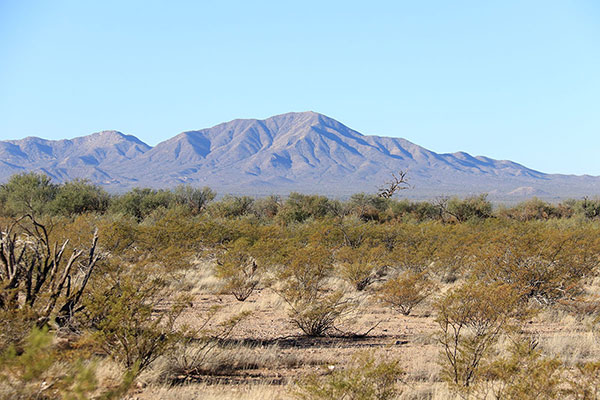
We had been very fortunate to obtain permission to enter and travel through the Chukut Kuk District. Last spring I learned the District had a process for requesting entry, though I was doubtful that permission would be granted. But we were a small group of “avid hikers” and the District Vice Chairman and Chairwoman did generously grant us permission.
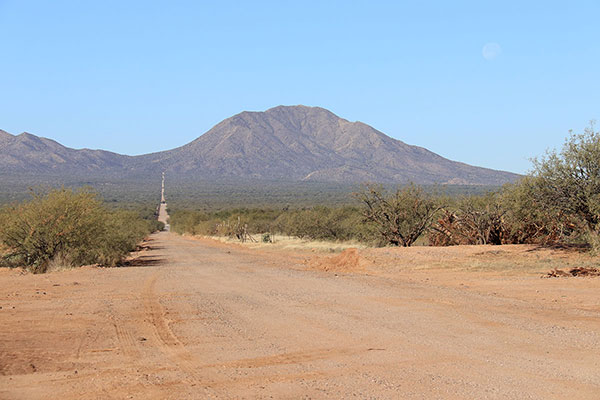
The Vice Chairman, Kendall Jose, provided us a permit, driving directions to the Haivan Vaya site, and notified the Border Patrol of our plans. His only request was that we share photos of our trip with the District for its use. We were very happy to do so.
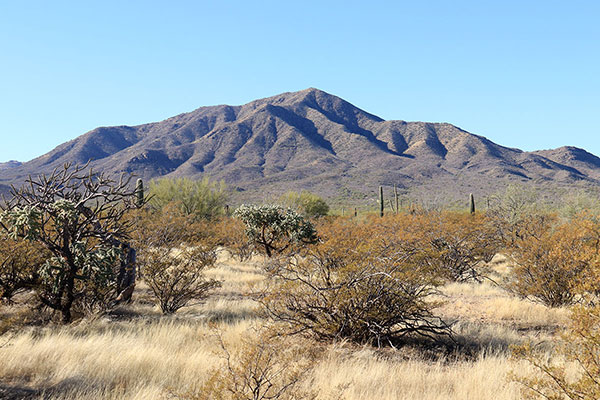
The drive in to the Haivan Vaya site went well. We drove two cars south on Indian Road 19 to the San Miguel Gate (which has been welded shut by a property owner on the Mexican side). From there, we drove northwest along the border fence, then in a northern and western arch to Haivan Vaya. The roads were in good shape. For a while we were followed by a Border Patrol vehicle, but it did not stop us and passed by us as we parked for our climb.
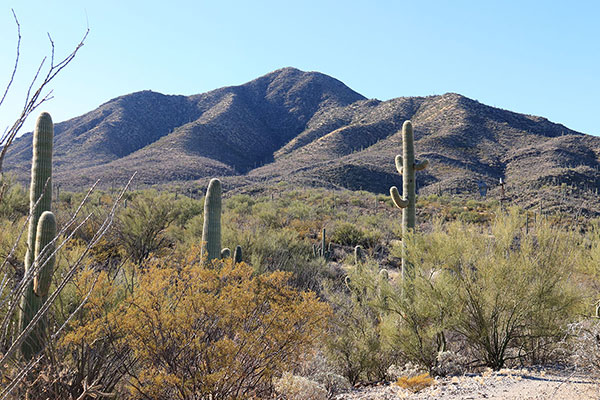
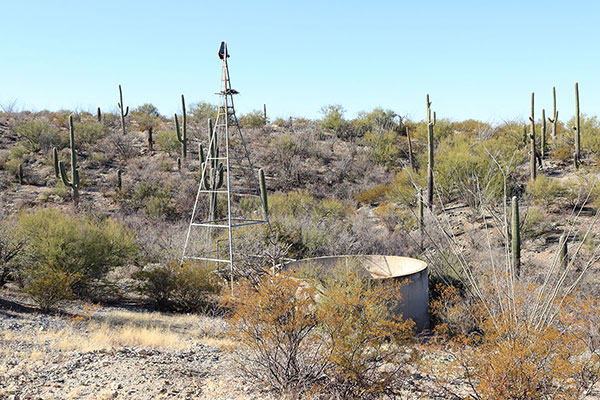
From the Haivan Vaya site below the north face of Moreno Mountain we debated which ridge to climb. We chose the one on the right. That ridge appeared steeper near the summit, but required less travel across potentially brushy washes low on the route.
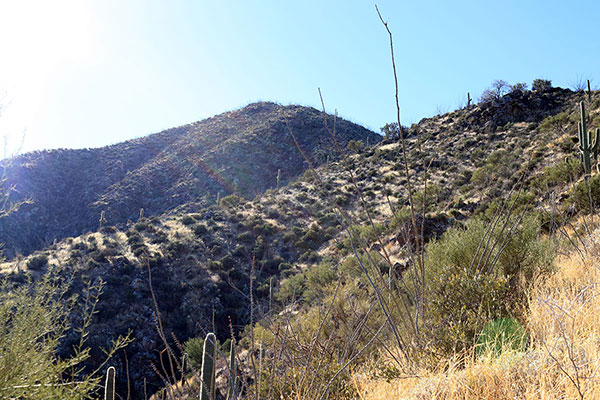
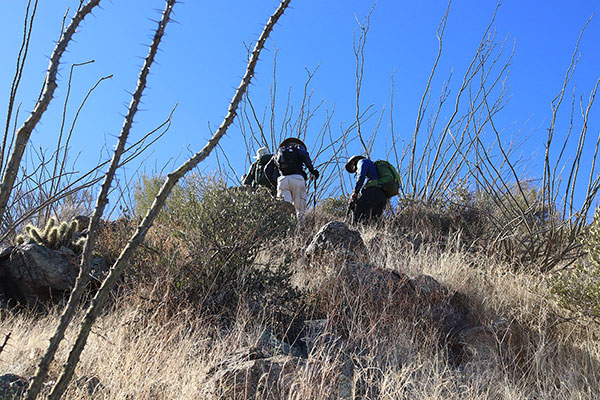
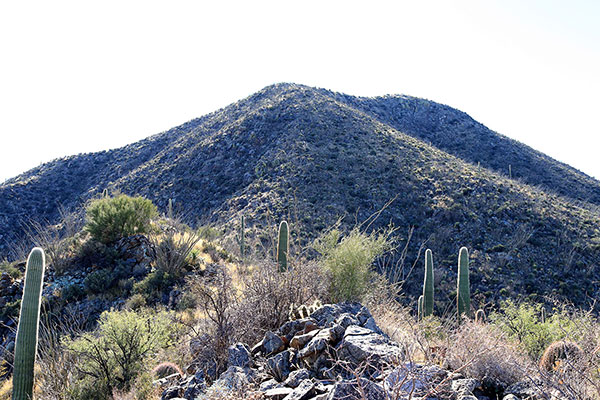
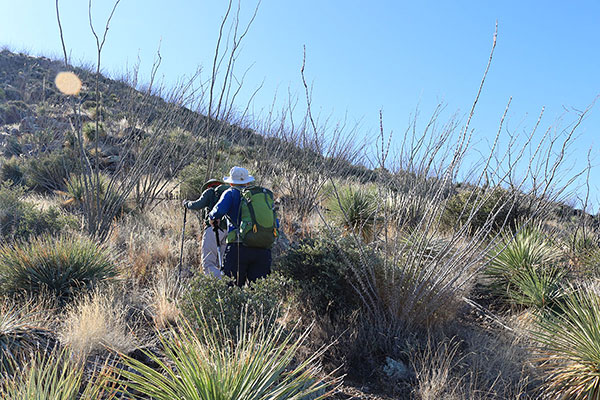
Our ridge ascent route proved to be a good ascent route but the thorny brush and grass sometimes obscured loose rocks on the steep upper section. We hoped for a more stable descent route. Mindful of our obligations we often stopped for photos. Several of mine turned out disappointing due to lens flare.
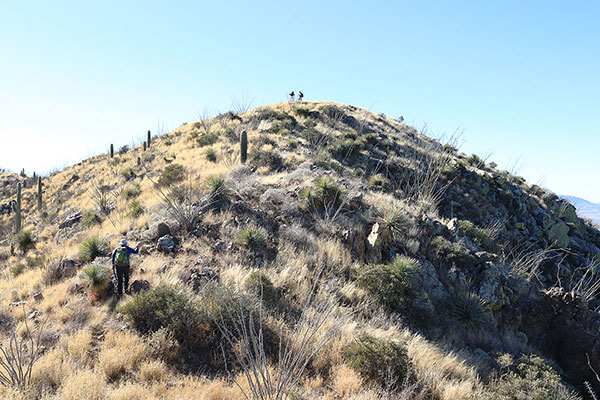
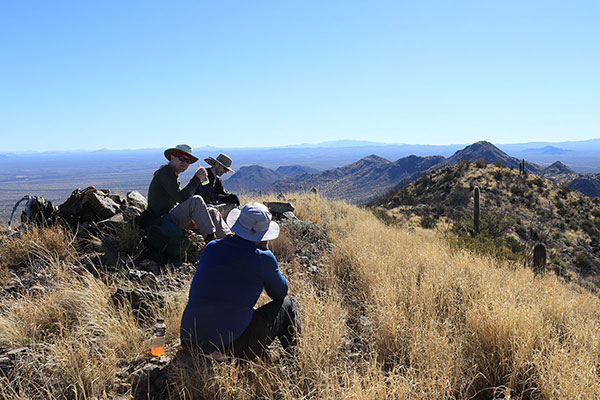
From the top of the ridge we walked over to the summit, Horse Peak, and settled in for lunch and views. We found no summit registry nor discarded trash. Horse Peak may be a rarely visited summit by peakbaggers and is likely too open for drug smuggler lookouts.
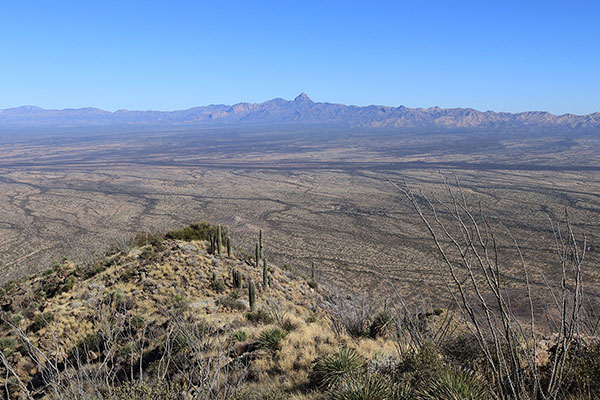
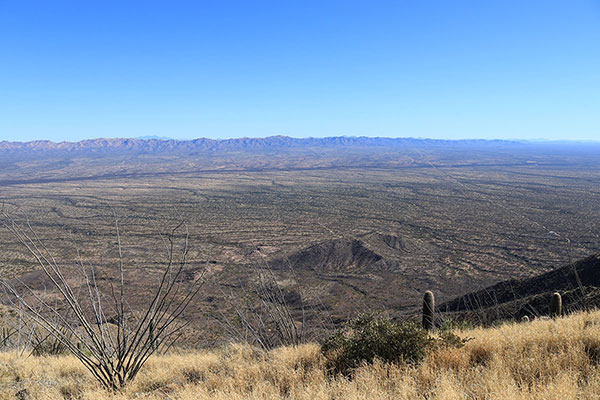
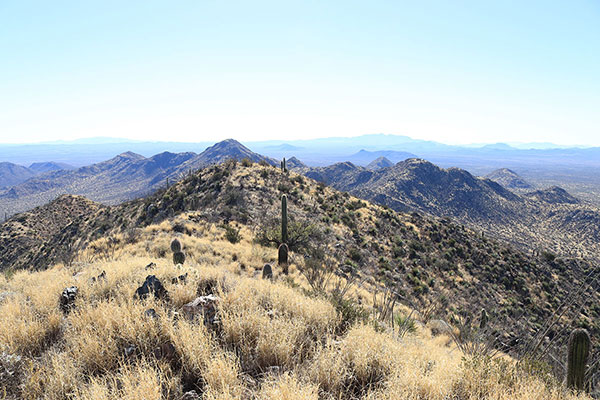
We visually tracked the border road on either side of us which helped us get oriented to the surrounding mountain ranges. The US ranges were easy to identify, but there were many Mexican ranges, some quite prominent, that were mysteries to us.
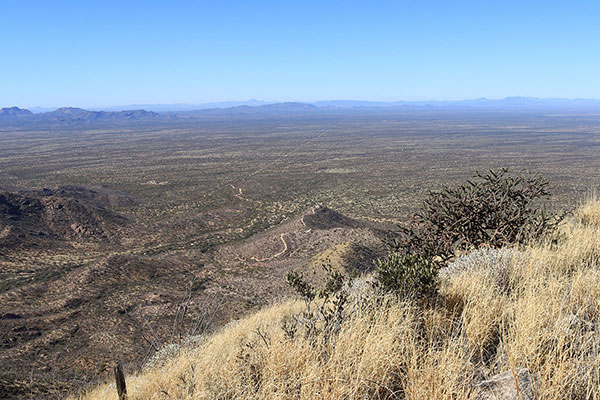
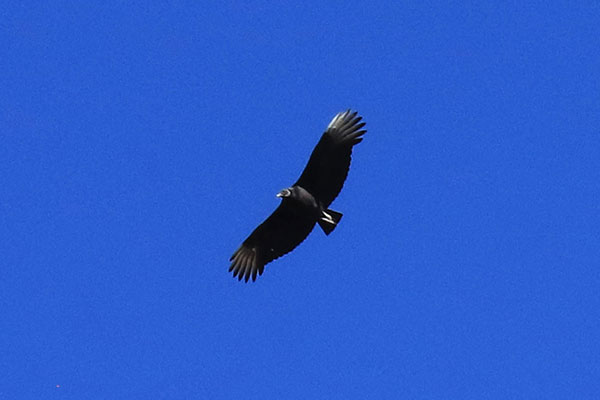
After a relaxed and enjoyable stay on the summit we packed up. Ravens and vultures arrived and soared together above us as we started to leave. The vultures appeared unusual to me and I later identified them as Black Vultures (Coragyps atratus). According to iNaturalist.org, the Black Vulture is critically imperiled in Arizona.
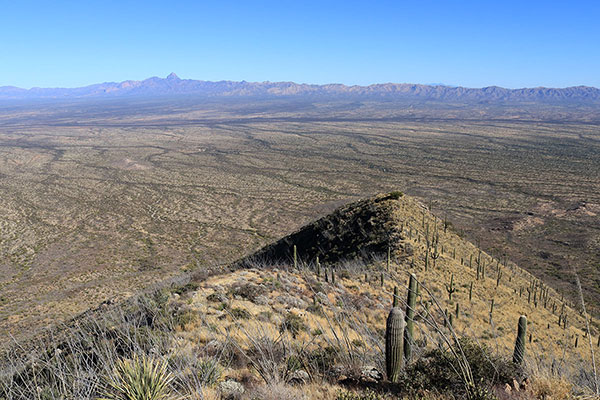
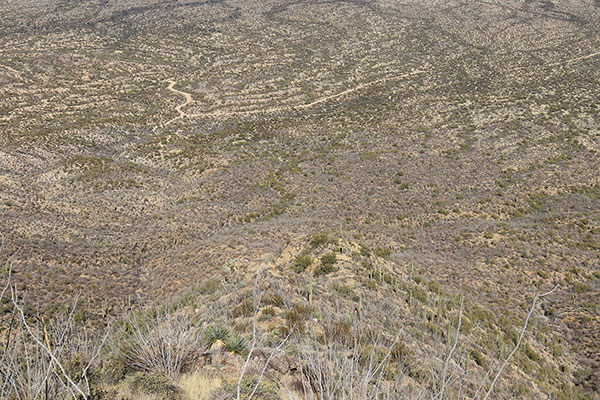
We started our descent to the northeast, then turned north and descended steeply towards Haivan Vaya and our cars. This route was less steep than our ascent route and did provide better footing.
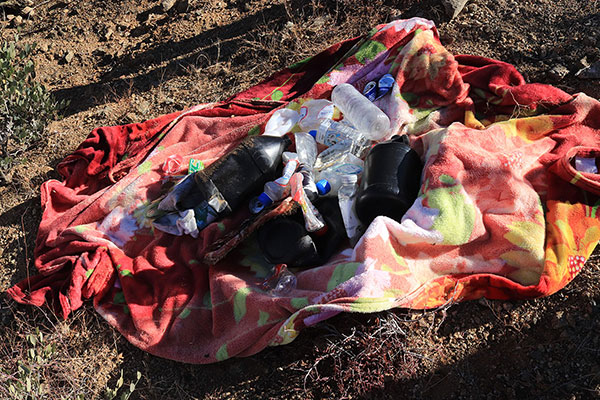
Lower, we passed through brushy washes and came upon an abandoned campsite. A blanket hanging in ocotillo provided sunshade. A lot of trash lay on the ground around the site. We collected much of the trash and wrapped it in the blanket. Scott generously carried it out through more brush to the cars.
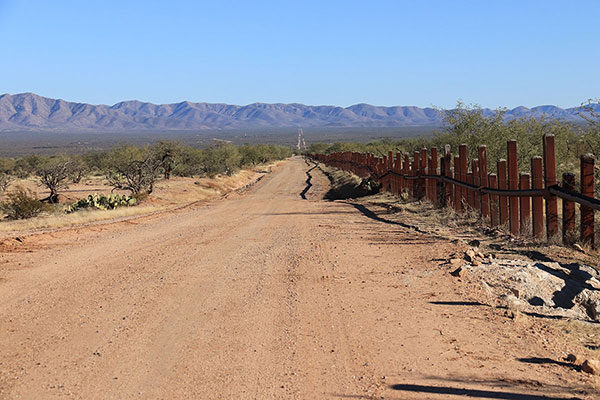
The day was clear with nice temperatures and the sky provided good views of the surrounding mountains. We felt relaxed with ample time and permits on hand. It was a fun day in the Sonoran Desert.

Leave a Reply